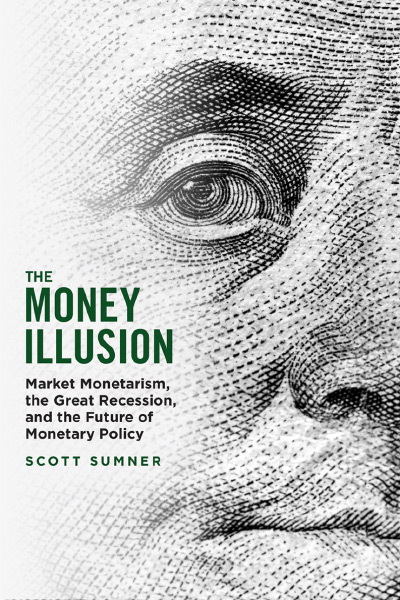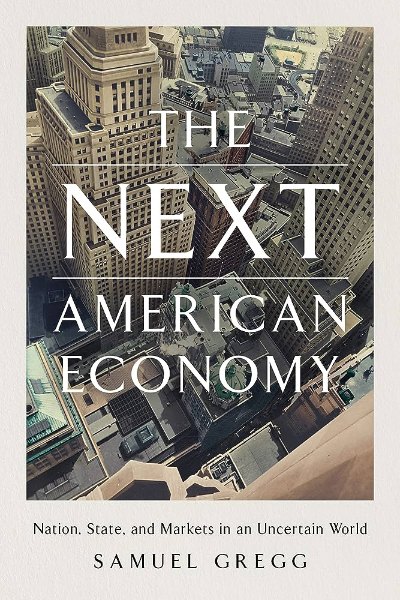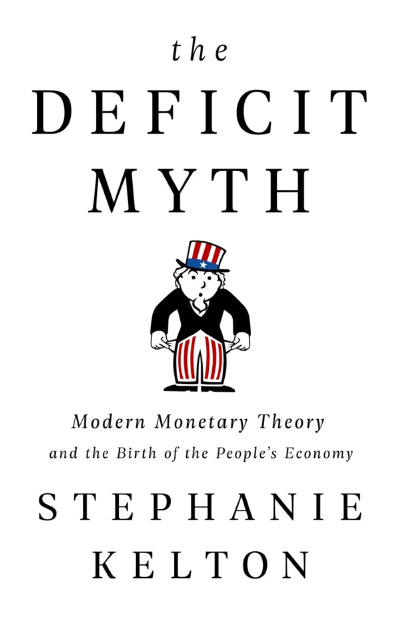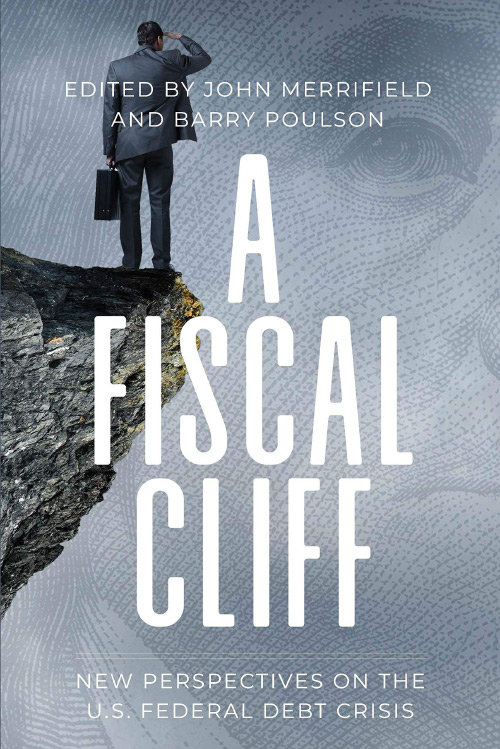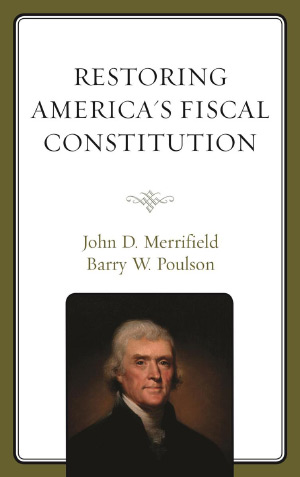It is commonly believed that commodities in general and gold in particular may offer good protection against the effects of inflation. With this book, the authors argue why that may be falsified as a general claim and under which circumstances it may remain valid. That is the main takeaway of the book, along with a few others duly listed by John B. Taylor in his well-detailed foreword. Given the practical and theoretical capabilities that the authors combine, with extensive practical experience in trading in commodity markets and rigorous academic work, we are well advised to pay heed to what they have to say.
The book is divided into four chapters.
In the first chapter, the authors discuss whether or not commodities are a good hedge against inflation. After presenting substantial evidence and discussing some theoretical reasons, they conclude that in general they are not. However, they also point out some circumstances in which some commodities, better than others, may provide a good hedge against inflation for some time.
In the second chapter, “Precious Metals: The Bull Market that Faded (as of yet),” they discuss some particulars about the gold market and why, contrary to the expectations of many, both gold and shares in gold mining companies have underperformed in spite of the uptick in inflation that started after the recent pandemic. Their conclusion is that something different from other inflationary episodes was in place, the existence of the investment alternative of crypto currencies, in particular, Bitcoin.
Next, comes the chapter “The Market’s New Gold and the Promise of Bitcoin.” In this chapter, the authors discuss a number of fundamental questions about Bitcoin, including the nature of Bitcoin, whether it is money, and the supply and the demand for Bitcoin. After that, they present what a monetary system based on Bitcoin would be.
Finally, in the concluding chapter, they present what may be inferred from the fact that from 1960 to 2020 “not every commodity yielded returns above the inflation,” as measured by the U.S. Consumer Price Index – CPI (p. 155). As argued throughout the book, the performance of the different commodity markets is not driven only, or even primarily, by inflation expectations, but by fundamentals of each of those different markets, and the possibility of successful hedging against inflation by getting long on specific commodities is based on the analysis of those conditions.
The book is based both on solid and well-documented evidence, and on sound theoretical underpinnings.
Has Julian Simon not shown us that human ingenuity is the only ultimate resource? If that is the case, then, no wonder that the relative price of raw materials has been declining as more efficient methods of production and procedures to rationalize consumption have been introduced following technological advances. Consequently, to the extent that the price of raw materials tends to rise below the average of prices in general, it becomes clear why investing in commodities in general offers poor protection against losses of purchasing power.
Inventories of commodities themselves are not productive and they are costly to store, the authors remind us. So, different from income generating investments which may accrue interests or dividends for their owners, investment in commodities generate no income, just costs, and the eventual gains that they may provide are capital gains if the investment is timely made in alignment with the fundamentals of the market of that specific commodity.
There are many other insights about the operational realities of commodity markets such as the need for the liquidation of existing contracts as they approach their maturity and the need for renewing the investments in contracts with longer maturities that also hinder the ability of traders to keep long positions in commodities as a hedge against changes in the price level.
Unfortunately, sometimes the premises of the authors’ reasoning are just left implicit or barely fleshed out. For instance, there are hints of acknowledgement of the fiscal dominance hypothesis in order to explain why a Bitcoin-based monetary system is unlikely to be implemented, given the fiscal needs of different governments around the world and the fact that they have instruments of coercion at their disposal. However, instead of passing Occam razor and eliminating that discussion, the authors present what such a hypothetical model would likely be regardless of the very low probability that it would ever be implemented. Incidentally, that discussion does not compromise in anything the main arguments in the book, nor reinforce them, for that matter.
I differ with the authors on three important theoretical assumptions, as well: (i) how to apply Mises’ Regression Theorem to Bitcoin, (ii) the classification of Bitcoin not as currency or commodity but as a collectible among the different asset categories, and (iii) which are the fundamental functions of money.
The “Regression Theorem,” as I understand it, is an application of the subjective theory of value—the value of some monetary media relies on the utility that it provides, including, for instance, the one provided by being accepted as a mean for you to pay your taxes. It does not need a reference to gold. That is even more evident in the case of Bitcoin. I agree with Mises' Regression Theorem, but it needs to be taken with a grain of salt once Bitcoin came into being...
One needs to consider that the “utility” created by Bitcoin (ease of avoiding capital controls and paying for other illegal transactions with relative anonymity) resulted in a “value” that the money holders, in this case Bitcoin holders, were/are willing to pay. That reference of value had no “previous” source, unless you say that the “discount” and “transaction costs” of paying with suitcases full of cash gave the “previous reference of value” to the transactions in Bitcoin.
Flimsy as that is, it is still better than justifying the value of Bitcoin in the “feel good” emotion of libertarians committed to help the creation of a non-governmental money (not that our authors have suggested anything like that). Instead, on one hand, our authors argue for a radical subjectivism in the application of the theorem—money is whatever people identify as a medium of exchange, a claim that I agree with completely. On the other hand, (p. 130) they argue that “there is no need to apply the regression theorem to BTC,” since the theorem was originally conceived to explain the value of fiat currencies, a response that leaves much to be desired.
In any case, again, although I agree with Mises’ theorem, its interpretation requires an immense leeway, otherwise it has arguably been falsified by the creation of Bitcoin and other cryptocurrencies, I think.
In regard to the classification of Bitcoin as a collectible, if we accept the GAMOE (generally accepted medium of exchange) definition of money favored by the Austrian economists, the fact that Bitcoin is used by a community bigger than many communities using sovereign money would be sufficient to accept that, for the members of that community, Bitcoin is money. That would be the case, even if it were not good money for transactions outside that community. Classifying Bitcoin as a “collectible” instead of (a not very good) money does not help us to understand, after all, where the value of this thing comes from.
Finally, in regard to the essential functions of money, particularly digital money, it seems to me very useful to consider among those essential functions of money the one of being not only a “medium of exchange” but separate from that, to be also a “means of payment.” That is, the function of providing the services of a “payment system.” That I believe to be an important element that helps to distinguish better the current competing monetary systems. It is my contention that the authors could have made their case even stronger if they had adopted such understanding in their work.
As you can see, even in the (few) cases where my assumptions differ from those held by our authors, they have brought the necessary theoretical apparatus to better understand the questions at hand. We may disagree about the way the regression theorem applies; but we do agree about the need of its application to understand the phenomenon in question. We may disagree about where to classify Bitcoin as an asset; however, we do agree that such classification is necessary to understand its value. I would have used a different list of essential functions of money, nevertheless, I agree entirely with the need to apply a functionalist approach in order to understand what they want to explain.
To conclude, it seems to me that based on the authors’ experience and knowledge about commodities and economic theory, with this book, they provide practitioners and academics with important and novel insights about inflation, about possible instruments for hedging against inflation, a detailed analysis of the performance of investing in different commodities for that purpose, the perceived change in the market for gold as a protective asset once cryptocurrency came into being, and finally a discussion about the nature of Bitcoin in particular. That is a lot! And in recommending their work, I compliment the authors for that.
| Other Independent Review articles by Leonidas Zelmanovitz | |
| Winter 2021/22 | Understanding Money: Philosophical Frameworks of Monetary Value |
| Spring 2021 | The Reality of Money: The Metaphysics of Financial Value |
| Spring 2020 | The Mirage of Democratic Excesses: Hayek’s Law, Legislation, and Liberty |




